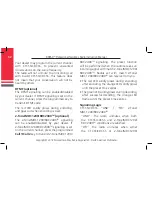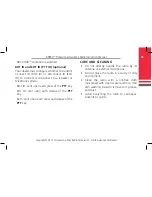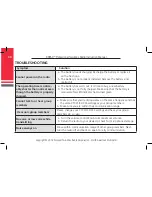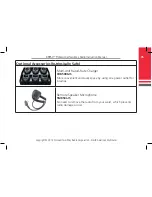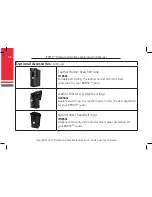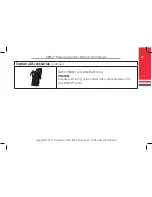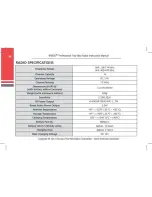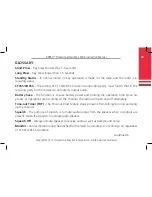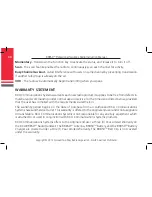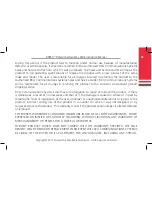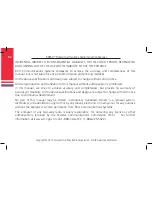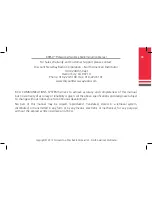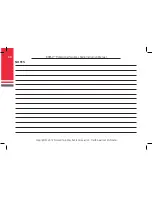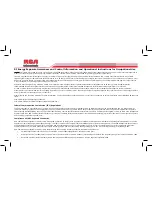
•
American National Standards Institute (ANSI) & Institute of Electrical and Electronic Engineers (IEEE) C95.1-1992
•
Institute of Electrical and Electronic Engineers (IEEE) C95.1-2005 Edition
•
International Commission on Non-Ionizing Radiation Protection (lCNIRP) 1998
•
ANATEL ANNEX to Resolution No. 303 of July 2, 2002 “Regulation of limitation of exposure to electrical, magnetic and electromagnetic field in the radio frequency
range between 9 KHz and 300GHz “and “Attachment to resolution # 303 from July 2, 2002.”
RF Exposure Compliance and Control Guidelines and Operating Instructions
To control your exposure and ensure compliance with the occupational / controlled environment exposure limits, always adhere to the following procedures.
Guidelines:
•
Do not remove the RF Exposure label from the device.
•
User awareness instructions should accompany device when transferred to other users.
•
Do not use this device if the operational requirements described herein are not met.
Operating Instructions
•
Transmit no more than the rated duty factor of 50% of the time. To transmit (talk), push the Push-To-Talk (PTT) button. To receive calls, release the PTT button.
Transmitting 50% of the time, or less, is important because this radio generates measurable RF energy exposure only when transmitting (in terms of measuring for
standards compliance).
Two-Way Radio Operation
•
Hold the radio in a vertical position in front of the face with the microphone (and other parts of the radio including the antenna) at least one inch (2.5 centimeters)
away from the nose or lips. Antenna should be kept away from the eye. Keeping the radio at a proper distance is important since RF exposures decrease with
increasing distance from the antenna.
Body Worn Operation
•
When worn on the body, always place the radio in a RCA Communications Systems -approved clip, holder, holster, case, or body harness for this product. Using
approved body worn accessories is important because the use of non- RCA Communications Systems -approved accessories may result in exposure levels, which exceed
the FCC occupational/controlled environment RF exposure limits.
•
If you are not using a body-worn accessory and are not using the radio in the intended use position in front of the face, ensure the antenna and the radio are kept at
least one inch (2.5 centimeters) from the body when transmitting. Keeping the radio at a proper distance is important because RF exposures decrease with increasing
distance from the antenna.
•
DO NOT hold the antenna when the radio is transmitting. Holding the antenna affects call quality and may cause the radio product to operate at higher or lower
level than needed.
•
DO NOT touch the metal surface of the antenna (in extended position) when he radio is transmitting. RF discomfort may result.
Use only RCA-approved supplied or replacement antennas, batteries, and accessories. Use of non-RCA-approved antennas, batteries, and accessories may exceed the FCC (IEEE)
and ICNIRP RF exposure guidelines.

